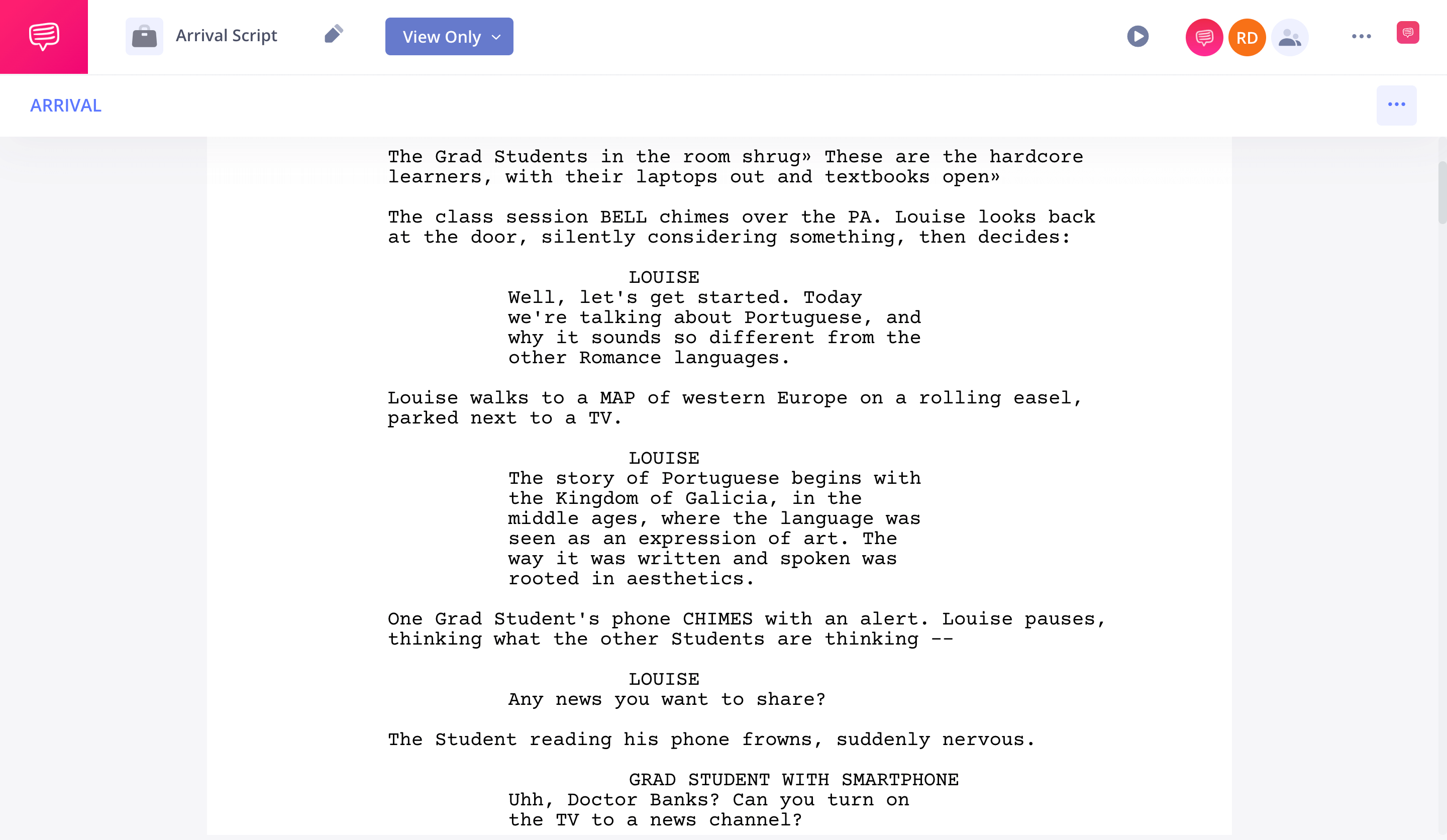Symbolism can create an indelible impression on an audience. Symbolism runs through literature, poetry, and screenwriting. But what is symbolism? In this article, we’ll define symbolism and show how symbols change over time. We’ll explore symbols by looking at common examples in literature and film.
What is Symbolism?
Understanding Symbolism
One of the most essential literary devices out there is symbolism. Symbol meaning, or symbolic meaning, is fluid, versatile, and extremely impactful to the audience when used skillfully. So, let’s get symbolic.
SYMBOL DEFINITION Literature & Film
What is the symbolism?
Symbolism refers to using symbols to convey ideas or themes. Symbols can be almost anything, such as an object, a location, or a use of a color. Symbols are often open to interpretation, and can differ depending on who is viewing them.
Symbolism typically depends on context. A flower, for example, can have many meanings. But a flower in the middle of a battlefield may represent a sprout of hope amidst chaos.
Because humans are pattern-seeking creatures, symbols are ubiquitous and serve an important function in our life. They satisfy and reaffirm our sense of order in the universe. They define our values and norms in often esoteric ways. In short, they’re part of culture.
As a thought experiment, what do you think when I mention a black cat? How about a cross? Rain on your wedding day? If you’ve answered any of these questions with something other than the thing mentioned, that’s symbolism. Both common and artistically invented symbols are rooted in the culture in which they were created. Let’s go deeper.
Symbolism in literature
Symbolism examples
As you can probably tell, symbolism can be found all over the place in art. Novels, movies, paintings, poems– all these forms and more utilize symbols. Let’s look at some famous symbolism examples.
Conch shell in Lord of the Flies
In William Golding’s famous novel, the conch shell represents order and civilization. When the boys devolve into anarchy, the shell, fittingly, loses its power.
The white whale in Moby-Dick
The symbol of the white whale in Herman Melville’s masterpiece is so powerful that it now operates as a symbol outside of the book. When someone refers to something as their “white whale,” they are talking about something that is unobtainable and yet devastatingly tantalizing.
Roses in American Beauty
There are a lot of roses in American Beauty. Typically, we associate roses with romance, but in this film, that connotation is more subversive. The romance they represent is forbidden and darkly alluring.
The green light in The Great Gatsby
The green light in The Great Gatsby symbolizes Gatsby’s unquenchable desire, specifically when it comes to Daisy. Gatsby wants so much, and yet there is always more to be captured and treasured.
Related Posts
The many forms of symbols
Types of symbolism
Symbolism can really be found in anything, but there are a few common types of symbols that you’ll likely see over and over.
Animal symbolism
Animals are often used to convey larger meanings. A screenwriter can create their own meaning in different animals (as, say, Joyce Carol Oates does in Bellefleur with cats and various birds).
But some animals have meanings that audiences will already ascribe to them. An owl, for example, most Western audiences will associate with wisdom. A rat typically represents betrayal or disease. A lion is associated with power.
These pre-existing meanings can be useful for a writer to convey a message quickly. Or they can be used as a method of subversion. In The Wizard of Oz, the lion is cowardly.
Color symbolism
Something as basic as color can also be used as a symbol. Just as with animals, a writer can choose to build their own meaning with certain colors, or they can use existing associations. With color, meaning can be subconscious– color psychology refers to influencing someone using a color without them realizing it.
Here are a few qualities audiences typically associate with colors:
- Red: Anger, passion, romance
- Blue: Melancholy, calm.
- Green: Nature, envy.
- Gold: Wealth
Religious Symbolism
Religious symbolism is exceedingly common, and isn’t just relegated to religious art. These symbols can be very straightforward, or they can be more subtle.
With religious symbols, artists are relying on an audience to be familiar with popular religious ideas, such as Jesus dying on the cross or the Islamic pilgrimage to Mecca.
Here are a few basic religious symbols:
- Star and crescent: Islam
- Yin and Yang: Taoism
- Cross: Christianity
- Star of David: Judaism
- Pentagram: Satanism
Symbolism in objects
Of course, symbolism can also lie in everyday objects. Context, as always, matters, so how you present an object will affect how an audience interprets it. For example, a ring may represent marriage in a romcom, while in The Lord of the Rings it represents power.
Some common everyday symbols:
- Crown: Power
- Rose: Romance
- Fire: Anger, destruction
- Skull: Danger/death
- Sun: Life, power
Related Posts
Importance to writers
How to use symbolism
In our symbolism definition, two factors can define a symbol: common symbols and artistic invention. In storytelling, you’re free to artistically invent symbols. As a writer, this is helpful because you are empowered to define your own symbols.
When using symbolism, you should have a clear intention. What are you trying to represent? How is it represented? How will the audience interpret that?
Writing symbolism requires walking a fine line. You want it to be understandable and evident, but not overly obvious. There’s only one way to find out if you’re succeeding– share your writing and get people’s notes.
Let’s take a brief look at how screenwriter Eric Heisserer used symbolism to define the thematic elements in Arrival (2016).
Circularity is a symbol presented over and over again throughout the film. In this still, we see the alien language of the heptapods resembled as circles. This visual language is present throughout the film and even referred to in Heisserer’s screenplay, which we imported into StudioBinder’s screenwriting software:
For anyone familiar with the film, the events unfold non-linearly. In fact, they’re circular, a loop. Louise’s daughter is named Hannah, a palindrome, a linguistic circle.
These symbols add up throughout the film and lead to a finale which epitomizes the theme of interconnectedness.
As a writer, you’re free and emboldened to design your own symbols. They’re entertaining. They engage your audience. And, for a visual medium, they are indispensable tools to enrich your narrative.
Related Posts
UP NEXT
Explore more literary devices
Symbolism is just one of many literary devices and types of figurative language, including allegory, euphemism, and irony. If you're a writer and want to develop your craft fully, do yourself a favor and continue this exploration. The next article on literary devices is a gateway to many of these tools that help add substance and style to any type of written work.

